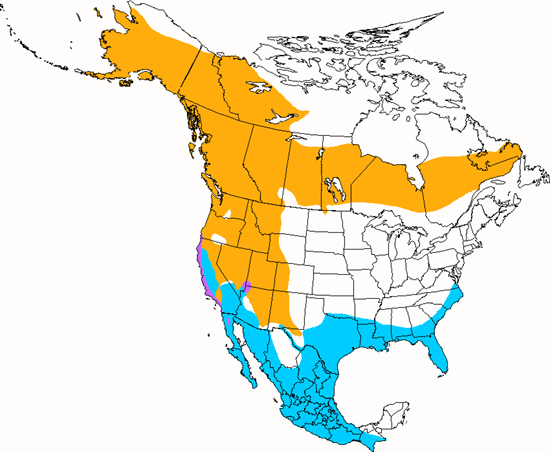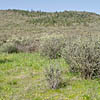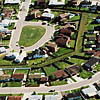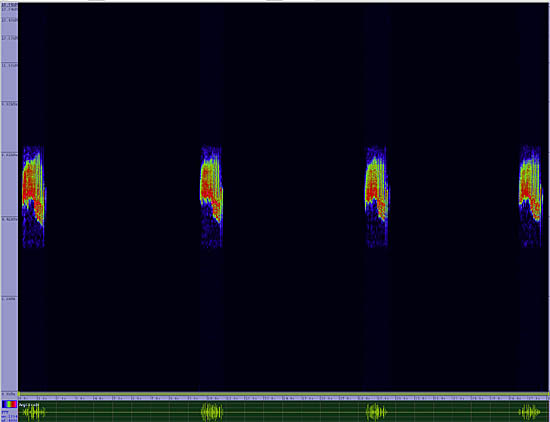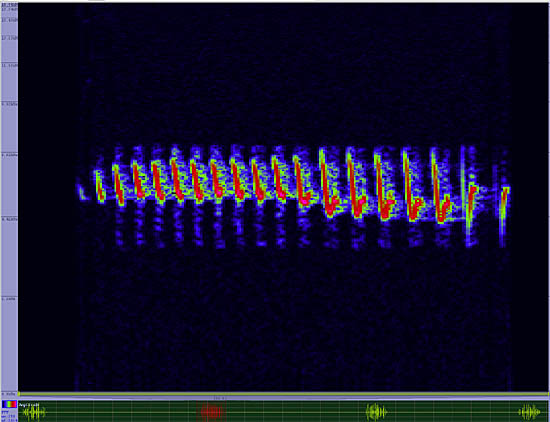Orange-crowned Warbler
Vermivora celata

Perching

Length: 5 in. (13 cm )
Dull and easily over looked, this warbler commonly winters in suburban areas with vegetation and flowers and in riparian areas. During the summer it breeds in dense shrubs of alder and willow. The cup-like nest is made of grass and usually placed on the ground or low in a bush or dense vegetation. Its food includes insects, small fruit and nectar from flowers and occasionally hummingbird feeders.
The four-digit banding code is OCWA.
Bibliographic details:
- Article: Orange-crowned Warbler
- Author(s): Dr. Biology
- Publisher: Arizona State University School of Life Sciences Ask A Biologist
- Site name: ASU - Ask A Biologist
- Date published:
- Date accessed:
- Link: https://askabiologist.asu.edu/activities/bird/orange-crowned-warbler
APA Style
Dr. Biology. (). Orange-crowned Warbler. ASU - Ask A Biologist. Retrieved from https://askabiologist.asu.edu/activities/bird/orange-crowned-warbler
Chicago Manual of Style
Dr. Biology. "Orange-crowned Warbler". ASU - Ask A Biologist. . https://askabiologist.asu.edu/activities/bird/orange-crowned-warbler
Dr. Biology. "Orange-crowned Warbler". ASU - Ask A Biologist. . ASU - Ask A Biologist, Web. https://askabiologist.asu.edu/activities/bird/orange-crowned-warbler
MLA 2017 Style
Be Part of
Ask A Biologist
By volunteering, or simply sending us feedback on the site. Scientists, teachers, writers, illustrators, and translators are all important to the program. If you are interested in helping with the website we have a Volunteers page to get the process started.

